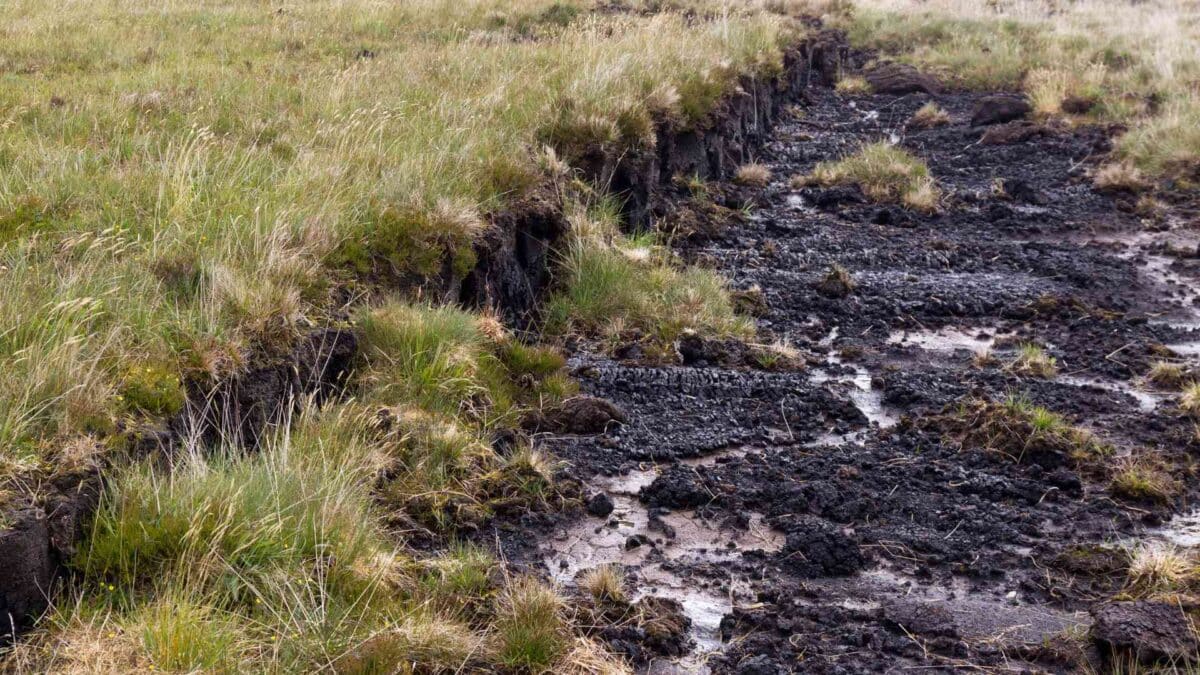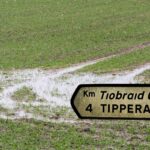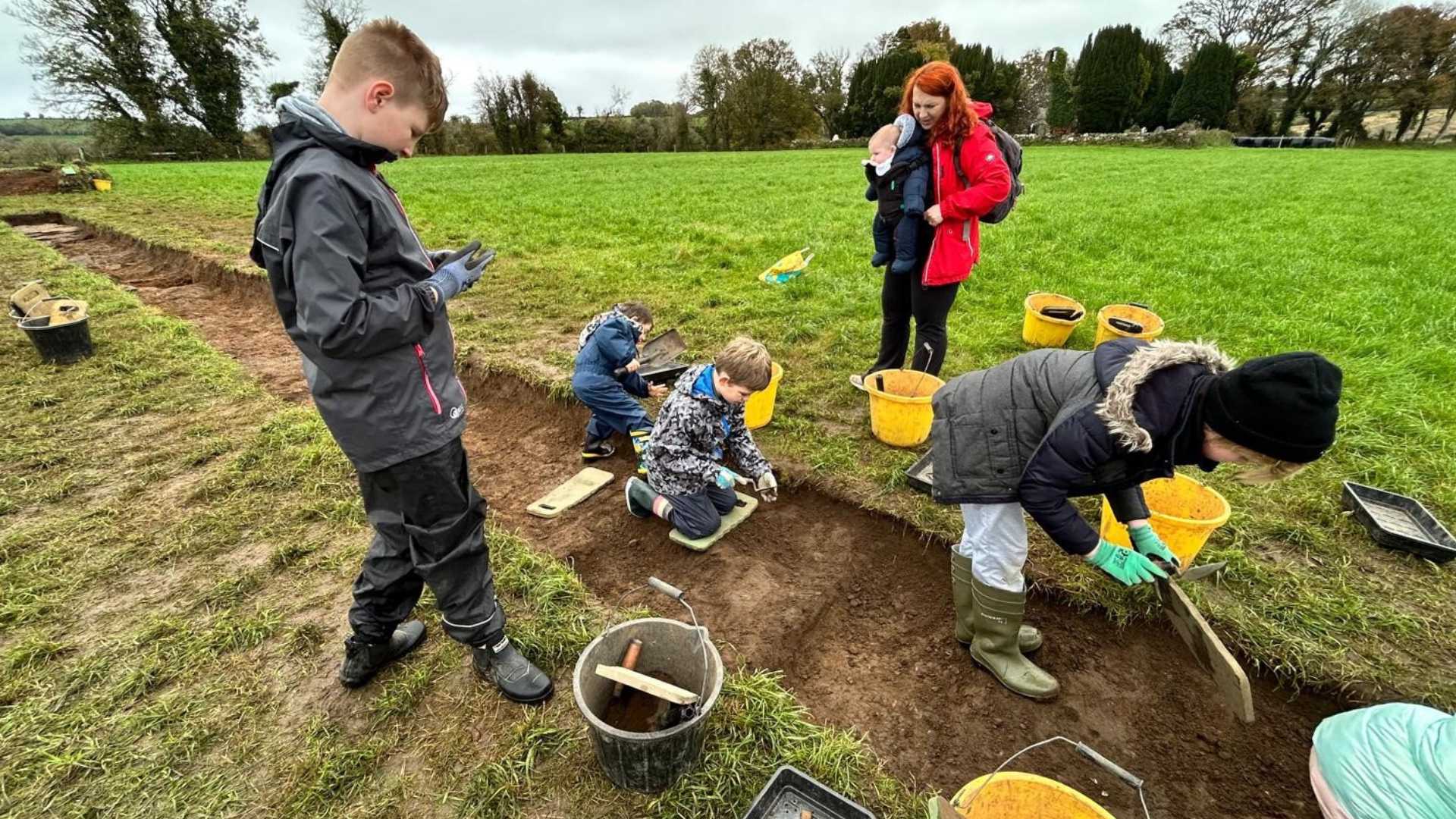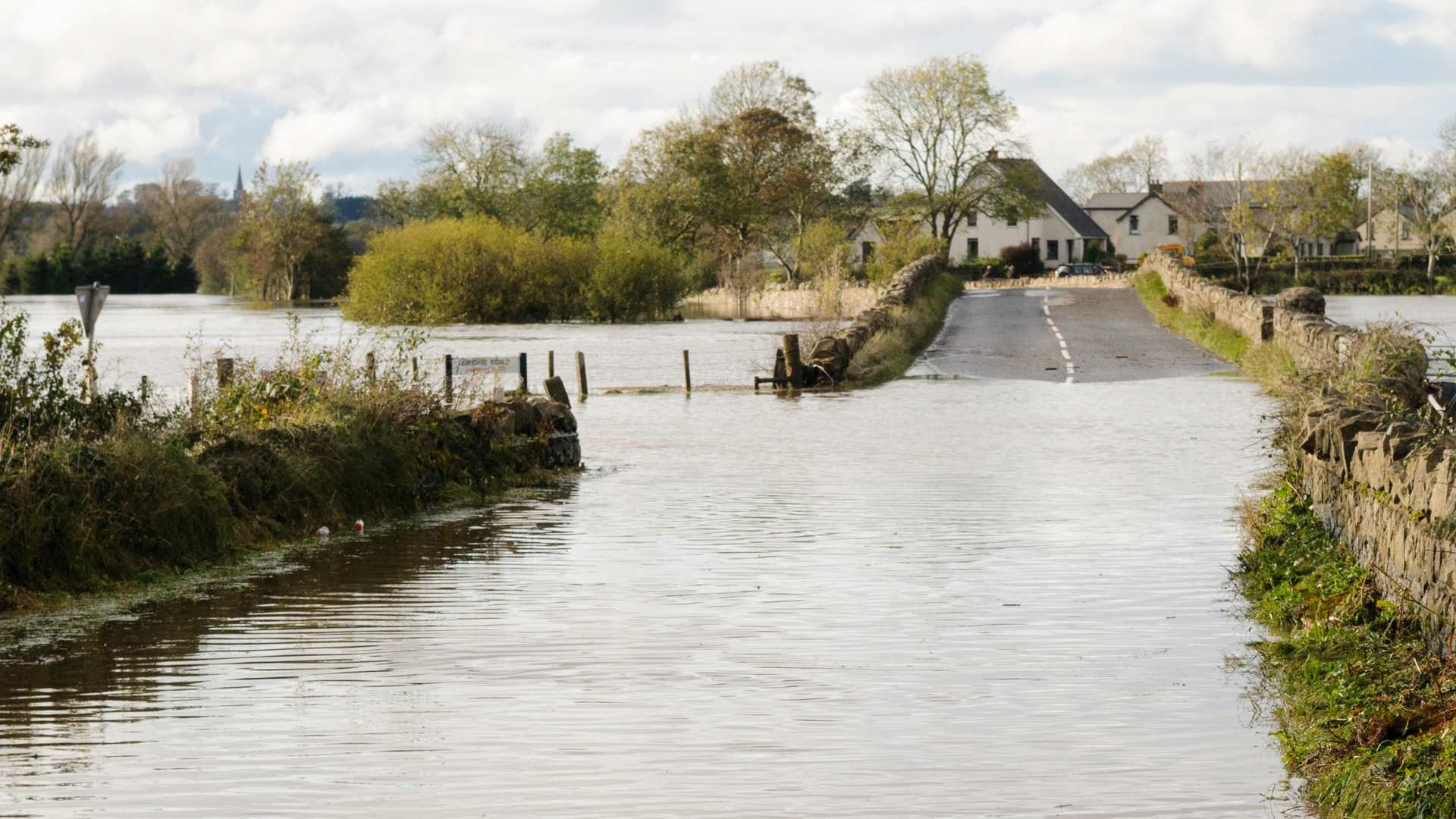
Rainfall and Drainage Shape Peatland Water Tables

A recent study led by Teagasc highlights the crucial link between peat soil drainage status and local rainfall in managing water tables—a key factor for boosting carbon storage in agricultural grassland peat soils.
Researchers monitored six Irish peatland sites, including four fen peatlands and two raised bogs, from September 2023 to August 2024. Using 30 dip wells and hourly rainfall data, the team investigated how water tables respond to rain events and soil water storage capacity.
The study found that fen peat sites were significantly more deeply drained than raised bogs despite having similar drainage systems. Raised bog water tables showed less fluctuation in response to rainfall, drought, or drainage, while fen peat water tables were more reactive to rainfall and seasonal changes. This confirms previous findings that peat drainage varies widely across Ireland’s grassland peat soils—roughly 340,000 hectares in total, with 141,000 hectares considered effectively drained (water tables deeper than 30 cm).
Lead researcher Patrick Tuohy of Teagasc stressed the importance of understanding initial water table behaviour to predict how sites will respond to water table management efforts aimed at reducing carbon dioxide emissions.
PhD student Hilary Pierce, lead author, added that their method can help identify which sites are suitable for rewetting and target carbon farming strategies accordingly. She noted that the variable water table in fen peat sites presents greater challenges for future management.
Karl Richards, Head of the Teagasc Climate Centre, said the findings underline the need for tailored peatland water management strategies to maximise carbon storage and support climate goals across Europe’s grassland peatlands.
The study was funded by the Department of Agriculture, Food and the Marine and is part of the ReWet project in collaboration with the University of Galway.
Share this WeathÉire story:







